Tired of Lousy Laundry? Here’s the Real Deal on Dryer Balls
I’ve spent years in the textile care world, surrounded by the constant hum of machines and the feel of a thousand different fabrics. In that time, I’ve seen countless products that promise to revolutionize your laundry routine. Honestly? Most are just clever marketing. But every so often, a simple, unassuming tool comes along that genuinely works. Dryer balls are one of those tools.
In this article
It used to be that every single load got a dryer sheet. It was just how things were done. But over time, you start to notice the little problems. Towels that don’t seem to absorb water anymore. Athletic clothes that hold onto odors no matter what. And that weird, waxy film that builds up inside the dryer drum. That’s when I realized we were just coating our fabrics in chemicals to imitate softness.
This guide is everything I’ve learned from years of professional use and, yes, a few mistakes along the way. We’re going to look at how these little spheres actually work, which ones are worth your money, and how to use them like a pro. This isn’t some quick ‘laundry hack’; it’s about understanding a tool that can save you time, money, and protect your clothes.
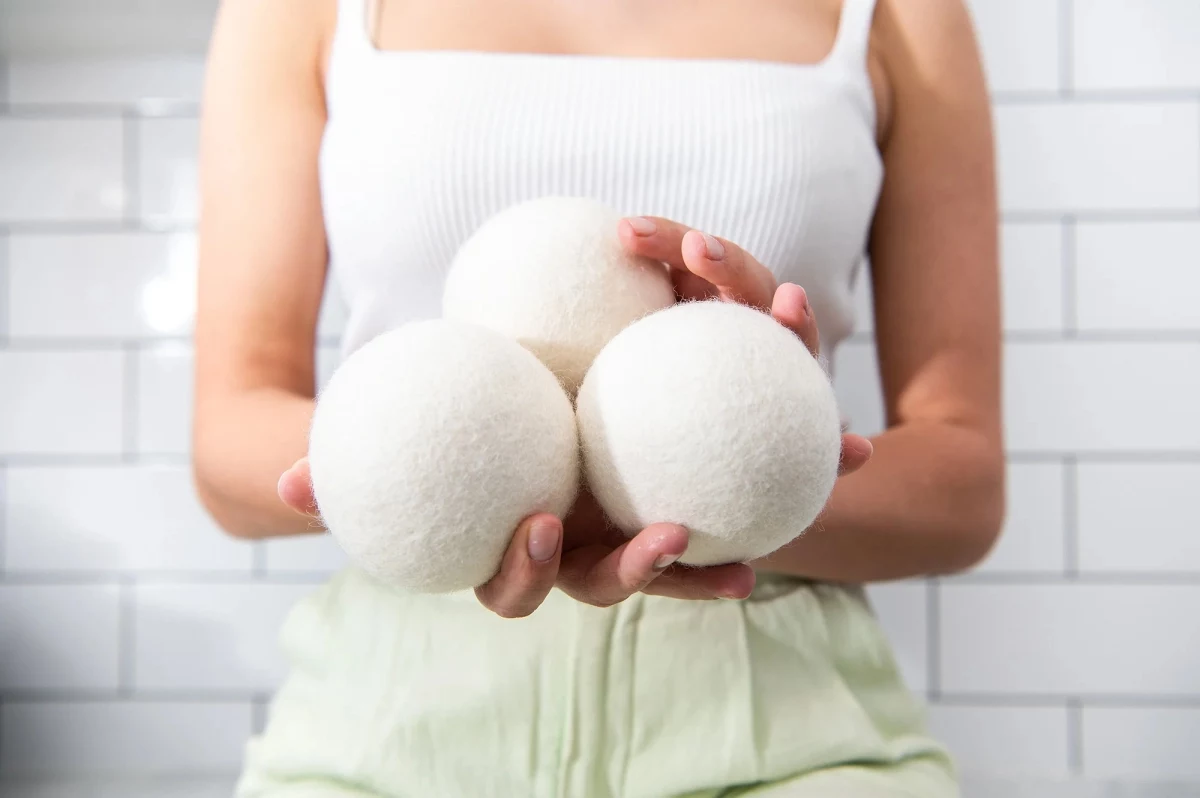
So, How Do They Actually Work? It’s Simpler Than You Think
To really get the most out of dryer balls, you need to know why they work. There’s no magic here, just some basic physics that makes your dryer run a whole lot smarter.
Think about a wet load of laundry tumbling around. Without help, it travels in one big, heavy clump. The clothes on the outside get blasted with hot air and dry fast, while the stuff in the middle stays damp forever. Your dryer’s sensor might shut off the cycle too early, leaving you with a half-wet load. Or, it’ll run endlessly to dry the center, which just fries the outer clothes.
Dryer balls completely fix this. As they tumble, they bounce around, lifting and separating the clothes. This prevents that big clump from ever forming and creates tons of little air pockets. Suddenly, hot air can flow freely around every single item. It’s a simple change that exposes more surface area to heat, letting water evaporate way faster and more evenly. That’s how they can genuinely shorten drying times by 20-30%. It’s just better airflow.
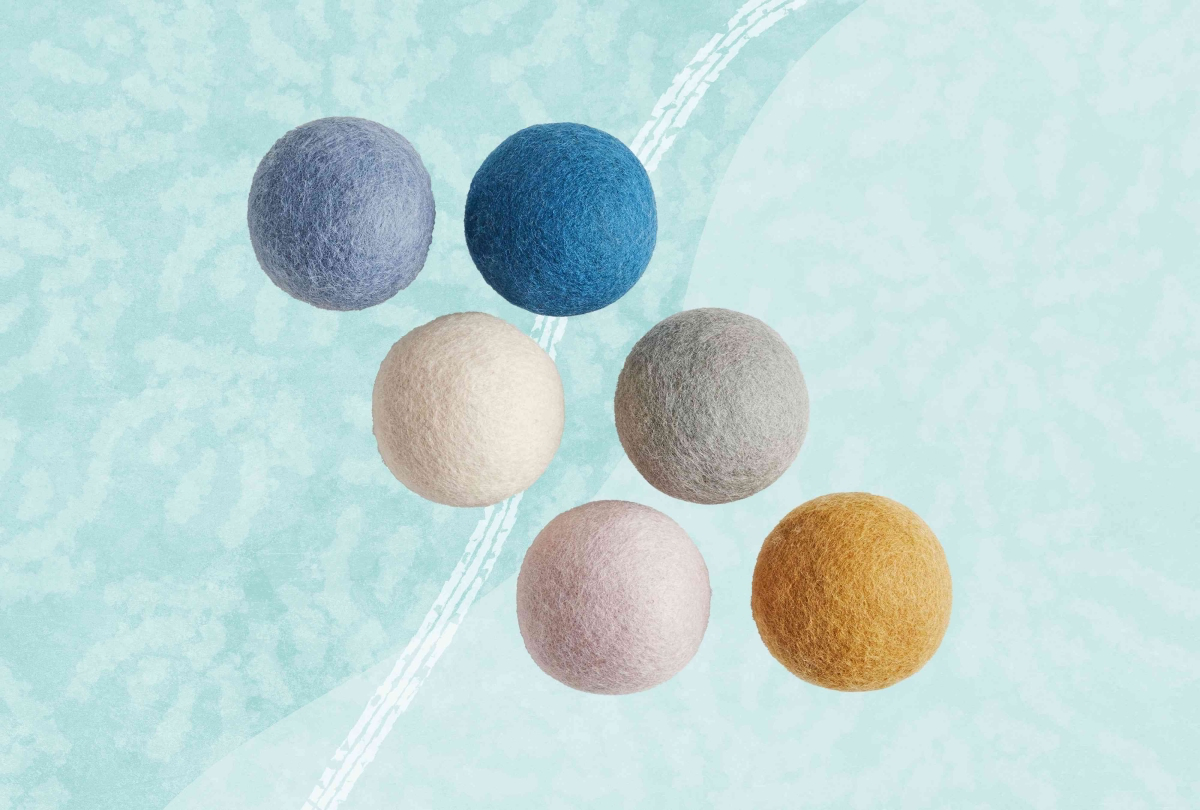
And what about softening? Well, for ages, people softened laundry by beating it against rocks. This physical motion loosens up the fabric fibers. Dryer balls are just a modern, gentler version of that. As they tumble, they act like thousands of tiny massagers, constantly flexing the fabric and relaxing the weave. This is totally different from dryer sheets, which just coat your clothes in a waxy film to make them feel soft. That film is actually what ruins towels and athletic wear over time.
Which Dryer Balls Should You Buy? (A Pro’s Breakdown)
You’ll mainly see three types out there: wool, plastic, and silicone. I’ve used them all extensively, and while each has its place, there’s a clear winner for most people.
Wool Dryer Balls: The Gold Standard
For my money, it’s wool, every single time. They’re the quietest, most effective, and last the longest. But you have to know what to look for.
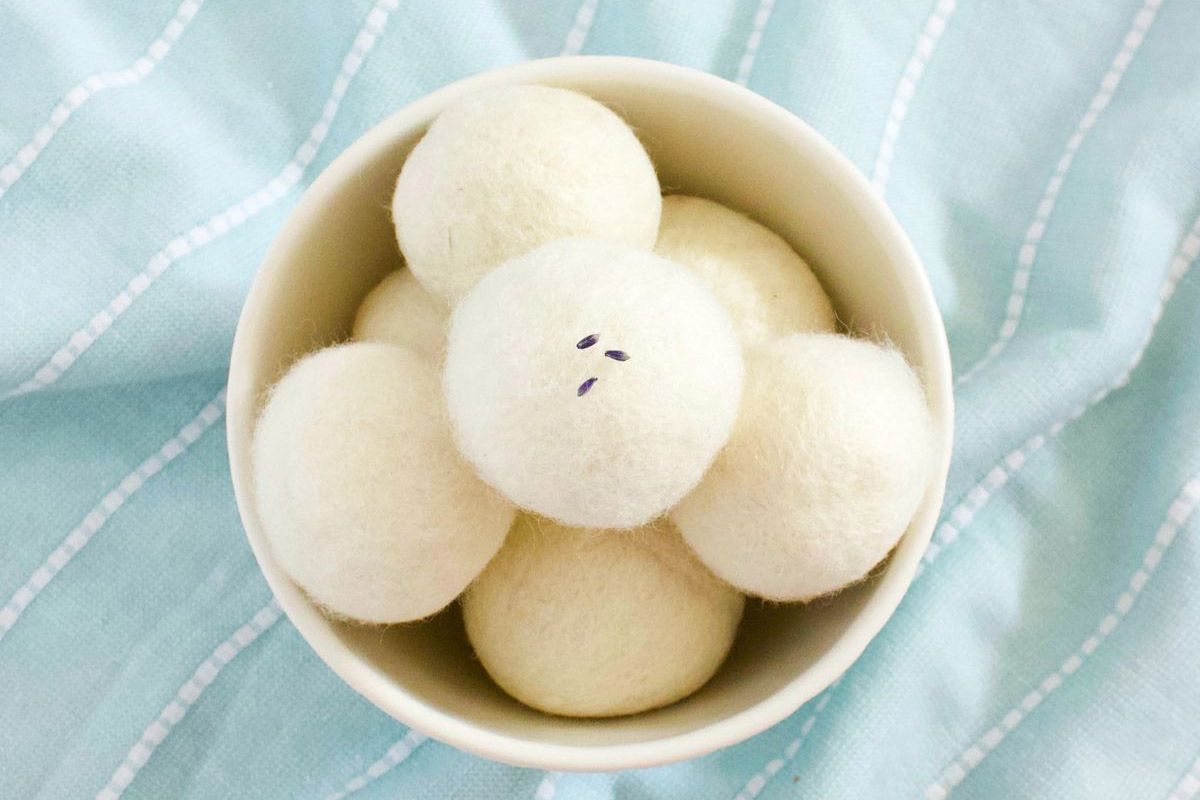
- The Lowdown: A good set of six 100% wool balls will probably cost you between $15 and $25. Look for ones made from New Zealand or U.S. wool on the label; it’s typically higher quality. They should feel dense and tightly felted. If you can easily pull fibers off, it’s a cheap set that won’t last.
- Where to Buy: You can find great options on Amazon, Etsy (for handmade quality), or at eco-friendly online shops.
- Performance: They excel at everything: separating clothes, softening fabric, and—here’s the bonus—absorbing moisture. Wool is naturally hygroscopic, meaning it pulls a bit of water into itself at the start of the cycle, helping to create a more humid, balanced drying environment. This prevents the over-drying that causes static.
- Noise & Lifespan: They make a soft, muffled thumping sound, which is way better than clattering plastic. A quality set should last for at least 1,000 loads. I have sets that are years old! To refresh them, just toss them in a hot wash cycle and dry on high heat to re-tighten the fibers.
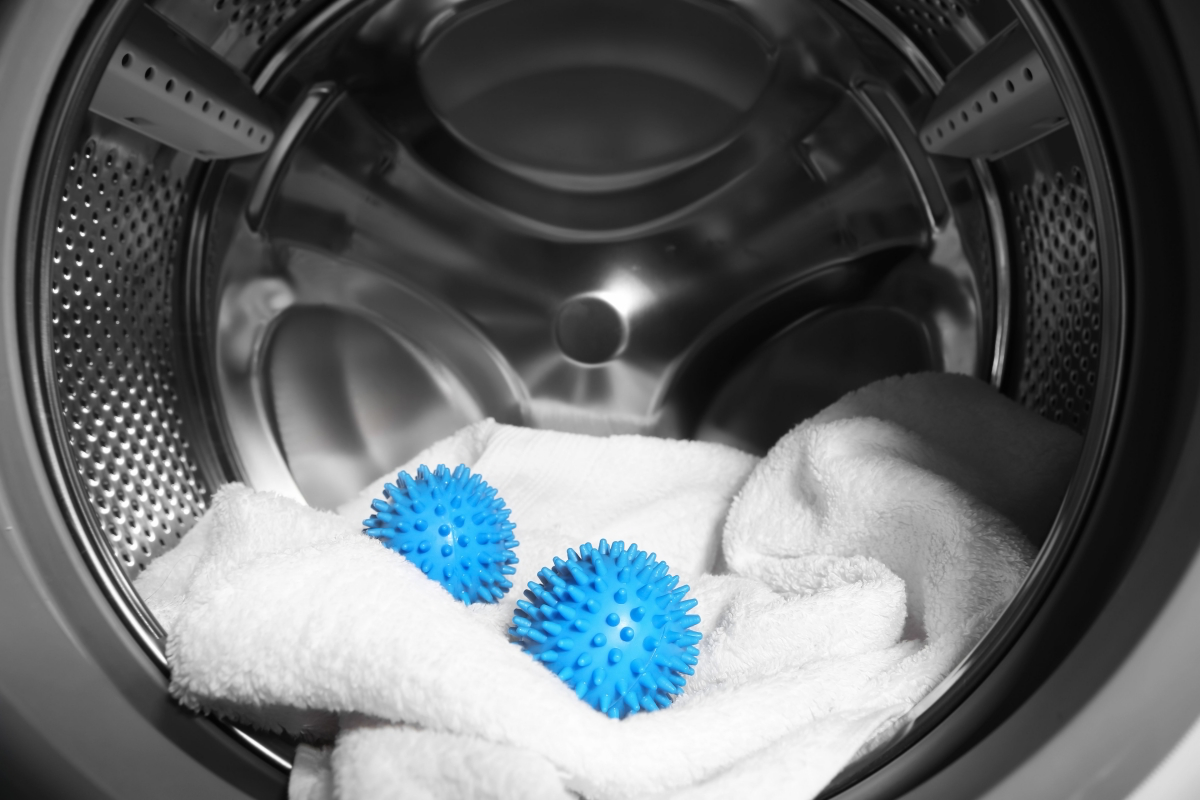
Plastic Dryer Balls: The Budget (But Noisy) Option
These spiky balls were common before wool became popular. They work, but they have some serious downsides.
- The Lowdown: You can usually find these for under $10. Their spiky nubs are designed to be more aggressive at beating fabrics soft. The biggest concern is the material—many cheap ones are PVC, which can release not-so-great chemicals when heated. If you go this route, look for a “PVC-free” label.
- Performance: They do a decent job of separating heavy items like jeans, but they offer zero moisture absorption. Their biggest flaw? The noise. It honestly sounds like a bunch of rocks are in your dryer.
- Avoid With: I strongly advise against using these with anything delicate. The spikes can easily snag knits, cause pilling on sweaters, and just generally wear out your clothes faster.
Silicone Dryer Balls: The Niche Alternative
- The Lowdown: These are basically an updated, safer version of the plastic ball. They’re more heat-resistant and won’t break down or release fumes.
- Performance: Like plastic, they separate and soften but don’t absorb moisture. They are a durable choice but don’t offer the full range of benefits you get from wool.
- Best For: Honestly, their main role is for people with a severe wool allergy. If you can’t use wool, high-quality silicone balls are your next best bet. They’re a safe alternative without the risks of cheap plastic.
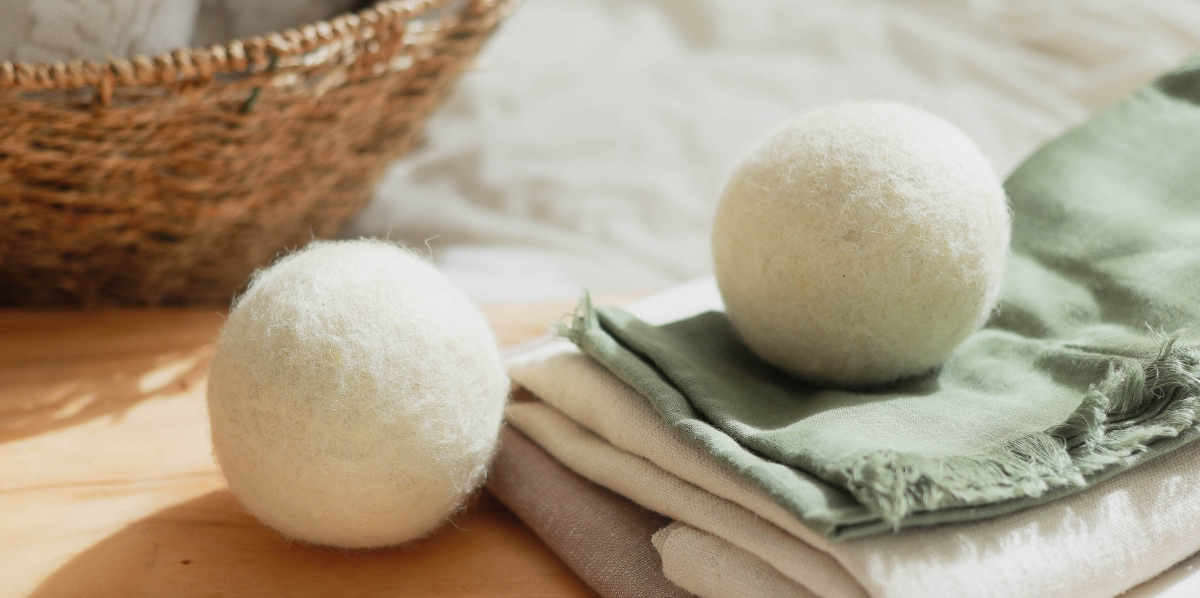
How to Use Them for the Best Results
Just tossing a few balls in is a good start, but a couple of little adjustments can make a huge difference.
How many balls do you really need? The package often gives a vague answer, but it all depends on your load size.
- Small to Medium Loads: 3 or 4 wool balls is plenty.
- Large Loads: You’ll want at least 6 balls to keep things from clumping.
- Extra-Large or Heavy Loads (Bedding/Towels): Don’t be shy! For a big comforter or a full load of towels, I use 8 to 12. It seems like a lot, but that extra mass is what keeps a comforter from turning into a single, damp, twisted mess.
Want Scent? Here’s the Safe Way to Do It
Adding essential oils is a great way to get a natural fragrance. But there’s a right way and a very, very wrong way.

Heads up! NEVER put freshly-oiled balls into a hot dryer. Essential oils are flammable. I’ll admit, early in my career, I learned this the hard way and the shop smelled like burnt lavender for a week. It’s a genuine fire risk. Don’t be like me; follow the safe method.
The Safe Method:
- Run your drying cycle until the clothes are completely dry.
- Take out two or three of the balls. Put 2-3 drops of essential oil (like lavender or citrus) on each.
- Toss the scented balls back in with the now-dry clothes.
- Run the dryer on an air-fluff or no-heat setting for 10-15 minutes.
This gently infuses the scent into your warm clothes without any risk. Quick tip: stick to clear oils, as darker ones like patchouli can sometimes stain light fabrics.
Troubleshooting the Common Problems
Even the best tools can have hiccups. Here’s how to fix the most common issues.
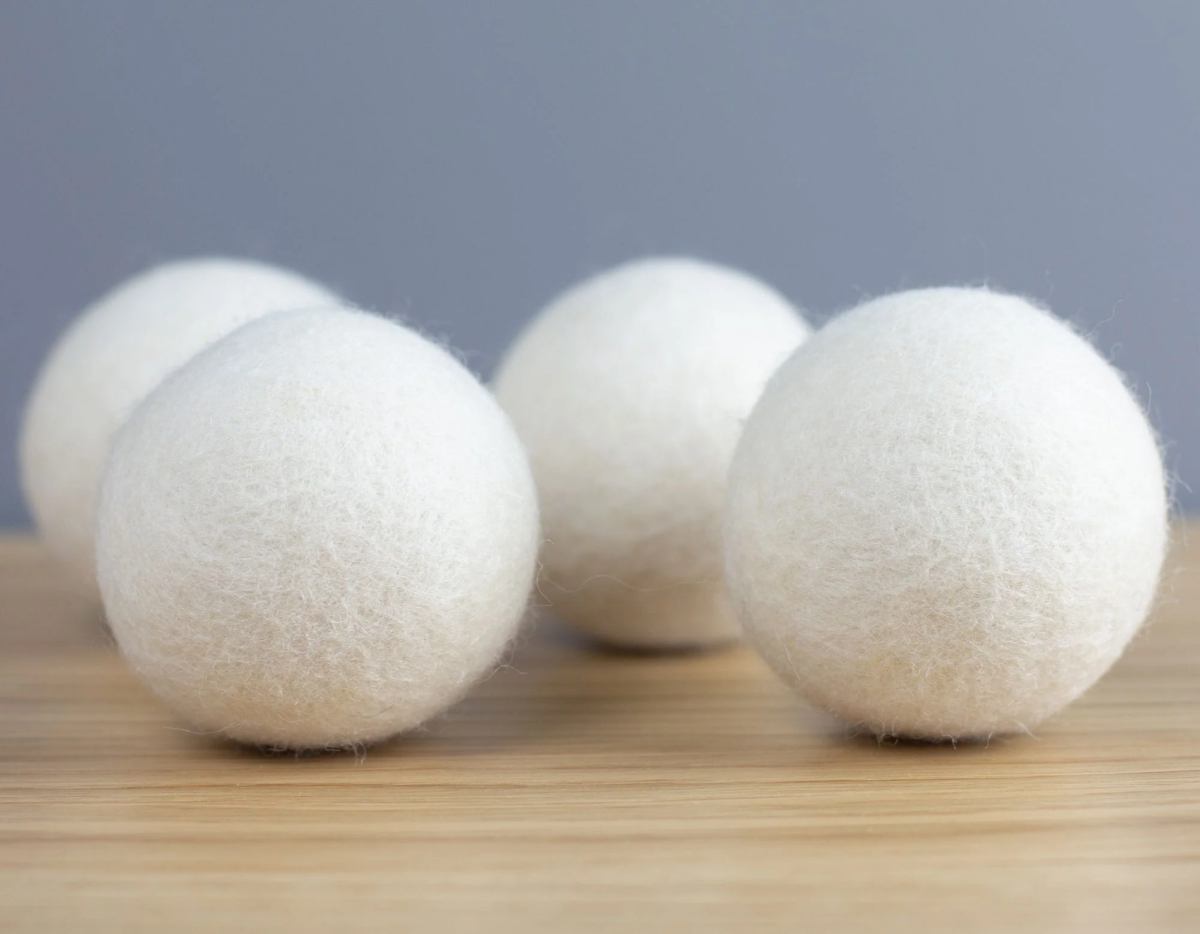
- “My clothes are still full of static!”
Did you know that static only happens in a very dry environment? If you have static, it means your clothes are actually over-dried. The balls aren’t causing it; they just can’t prevent it if the cycle runs too long. Try reducing your dry time by 10 minutes. Your clothes should feel just barely damp when you pull them out—they’ll finish air-drying as you fold them. For loads with lots of synthetics, you can also pin a small safety pin to one of the balls to help dissipate the static charge. - “I’m not seeing a shorter drying time.”
First, check your load size. If the dryer is packed to the brim, the balls have no room to move. Second, you might not be using enough balls for the load. But most often, this is a giant red flag that your dryer vent is clogged. If the air can’t escape, nothing will dry efficiently. That’s a maintenance issue, not a dryer ball issue. - “The noise is driving me nuts!”
This is almost always a problem with hard plastic balls. The simple fix is to switch to wool. They’re so much quieter.
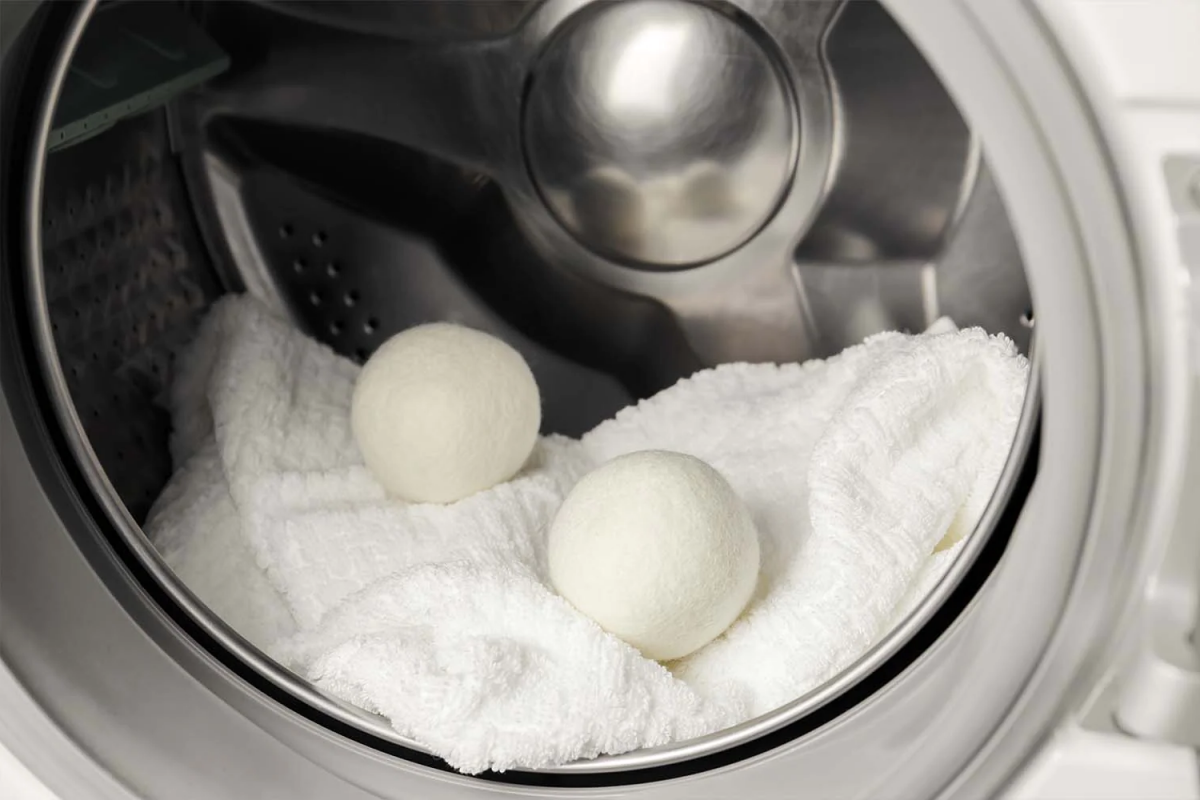
Your Quick Win: Try This Today
Don’t have dryer balls yet? You can still test the core principle. On your next load of towels, just set the dryer for 10 minutes less than you normally would. You might be shocked to find they’re perfectly dry. That’s the power of avoiding over-drying, and it’s step one to better laundry!
A Final Word on the Alternatives
To really appreciate dryer balls, it helps to know what you’re up against.
Dryer sheets and liquid softeners are the main culprits. That waxy residue they leave behind is what clogs the fibers of your towels, making them less absorbent. Even worse, it can coat the electronic moisture sensor in your dryer drum. Go try it! Unplug your dryer, take a cotton ball with a little rubbing alcohol, and wipe down those two metal strips inside the drum. See that gunk? That’s what’s messing with your auto-dry cycles and wasting energy.
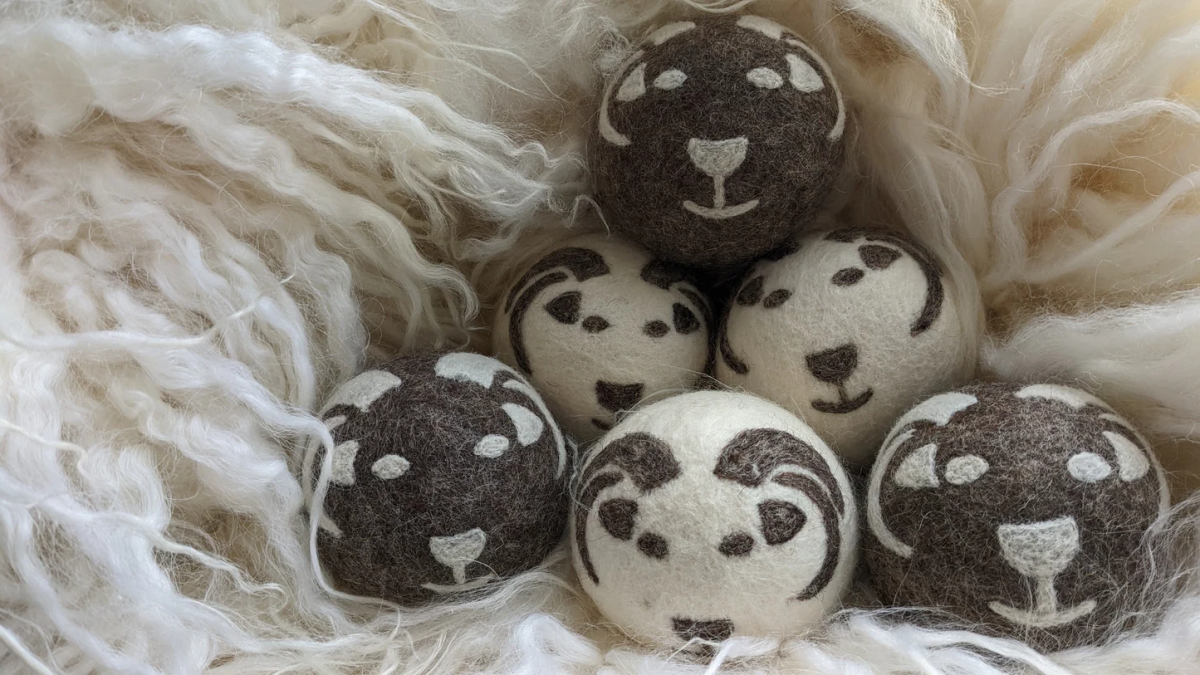
As for aluminum foil balls, they can help reduce static, but that’s it. They don’t soften clothes or shorten dry times.
And PLEASE, do not use tennis balls in your dryer. This is a persistent and dangerous myth. The high heat can melt the rubber and adhesives, releasing nasty fumes and creating a serious fire hazard. The yellow dye can also stain your clothes. It’s just not worth the risk.
In the end, a good set of wool dryer balls is one of the best investments you can make for your laundry room. They do the job better, are safer for your clothes and dryer, and last for years. It’s a simple tool, but when you know how and why it works, it’s a game-changer.
Galerie d’inspiration
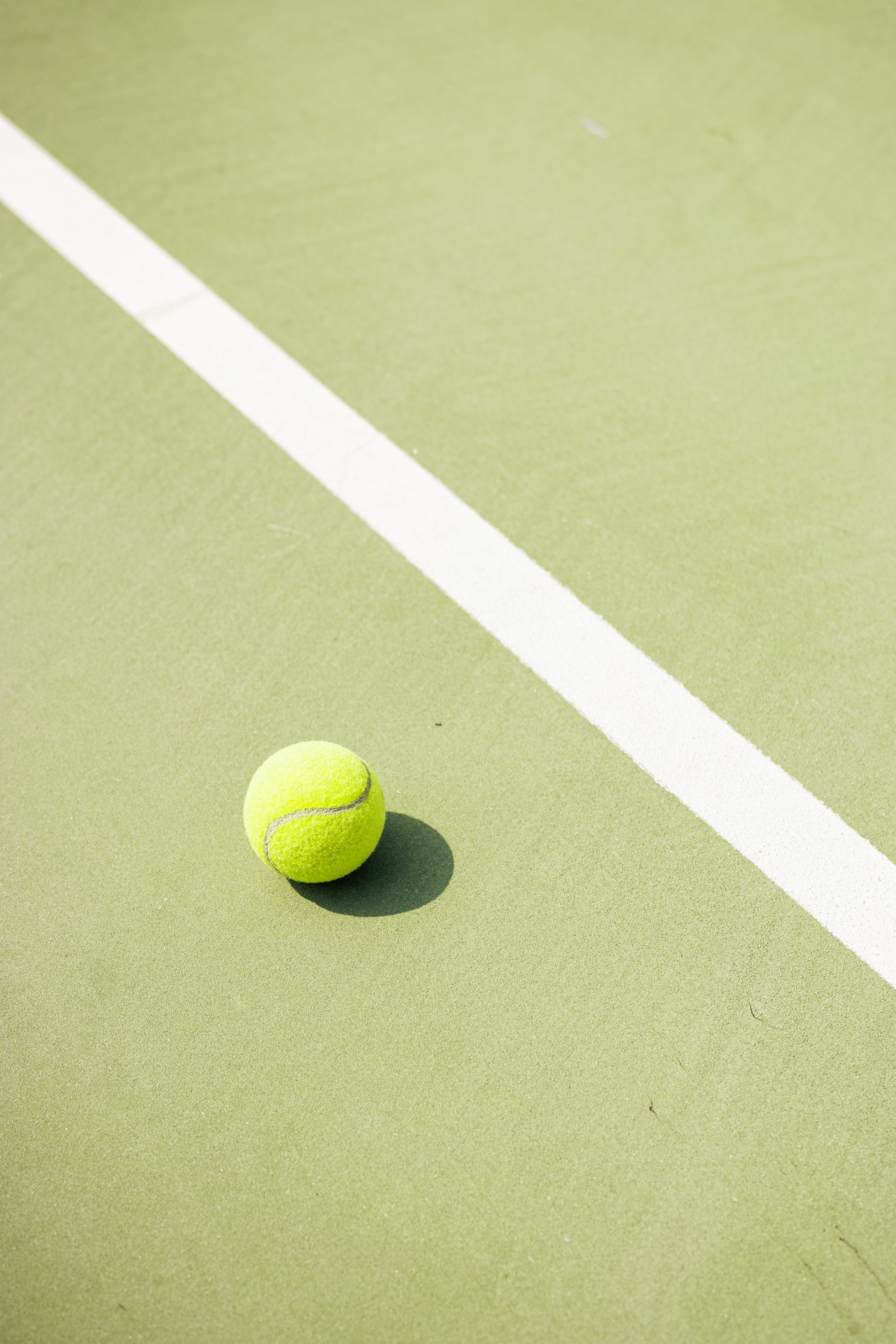
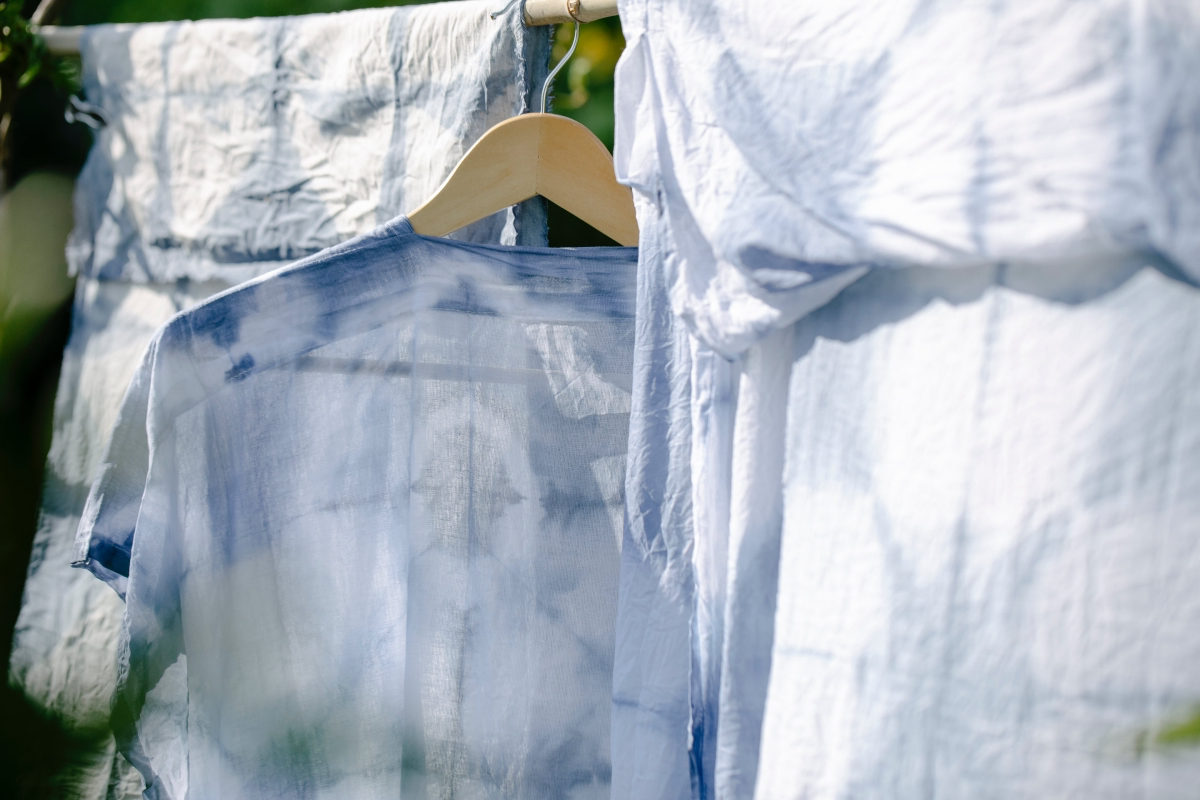
Wool Dryer Balls: Made from 100% felted wool, like the popular ones from Smart Sheep, they are quiet, gentle on all fabrics, and naturally soften clothes. They are an excellent choice for households with sensitive skin or for delicate items.
Plastic Dryer Balls: Often spiky, these are highly durable and excellent at separating heavy items like jeans, comforters, or workwear. They can be noisier in the drum but provide a vigorous mechanical softening action.
For everyday use and quiet operation, wool is the winner. For consistently heavy loads, plastic offers unbeatable performance.
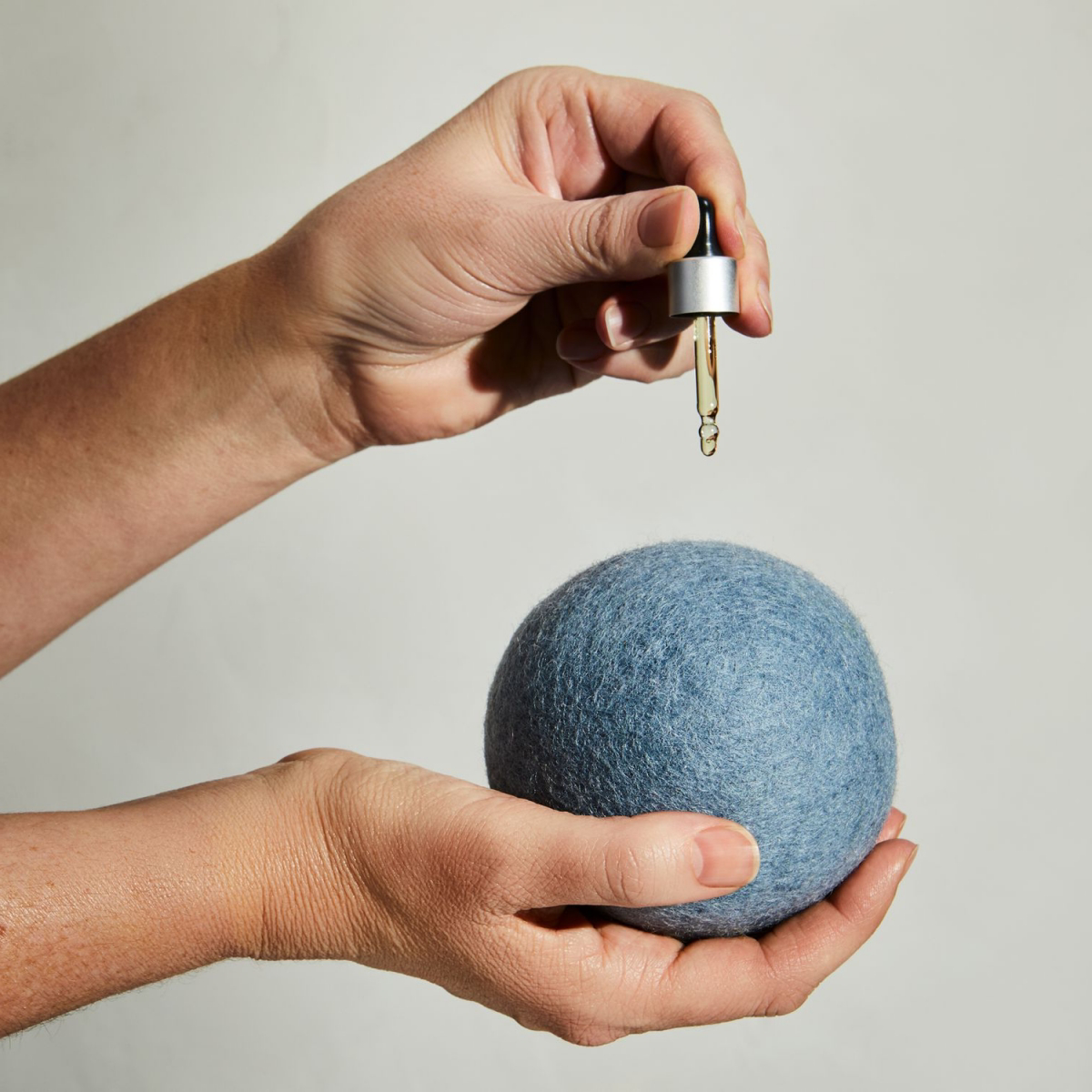
A study published in the Journal of Integrative and Complementary Medicine found that inhaling lavender essential oil can significantly reduce anxiety.
You can bring that same calming effect to your laundry. After the drying cycle is complete and the balls are still warm (but not hot), add 2-3 drops of a pure essential oil, like lavender from Aura Cacia or bright citrus from Plant Therapy. Let the oil absorb for about 10-15 minutes before starting your next load. This prevents oil spots and allows the scent to gently infuse the fabric rather than being baked away by high heat.
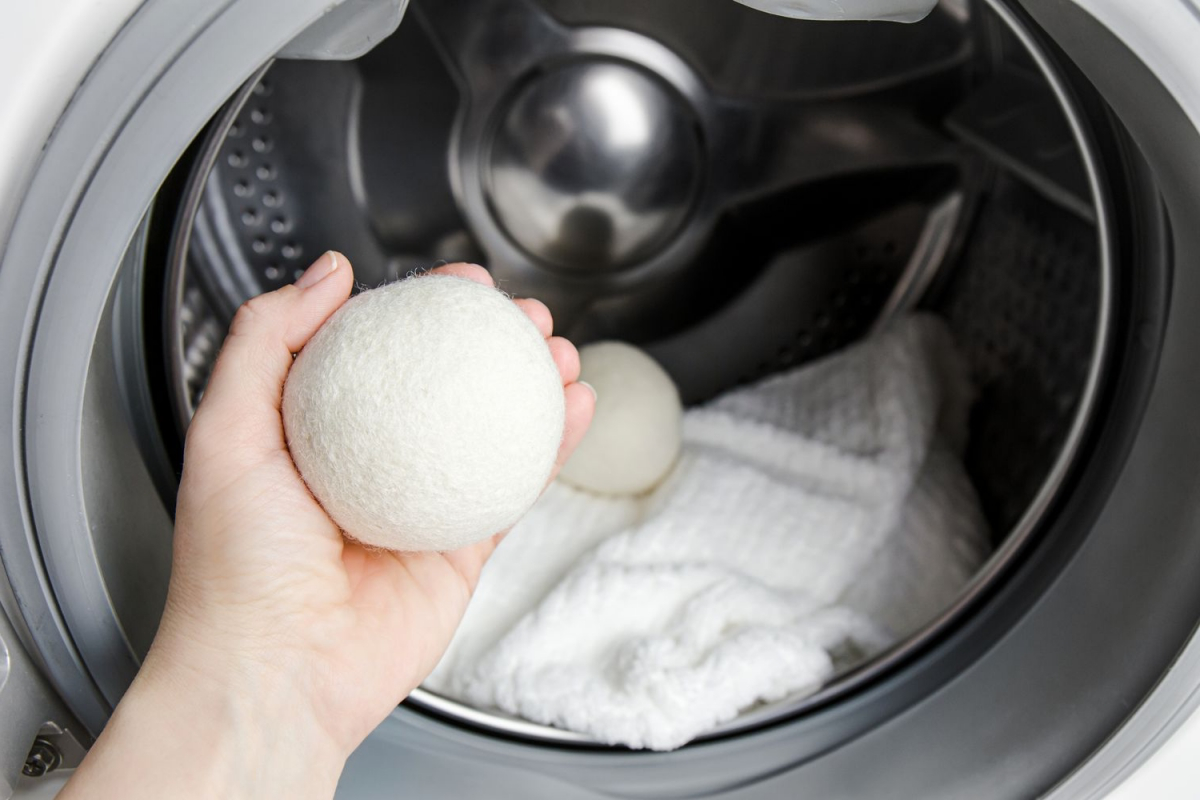
Wondering how to combat static, especially with synthetic fabrics?
The primary cause of static is over-drying. Dryer balls help by shortening the cycle, but sometimes it’s not enough. The secret weapon is simple: a safety pin. Pin one or two large safety pins to a couple of your wool dryer balls. As they tumble, the metal helps to discharge the static electricity that builds up, acting like a miniature lightning rod in your dryer. It’s a simple, reusable, and surprisingly effective trick.
- Dramatically shorter drying times.
- Softer, less wrinkled clothes without chemicals.
- Less static cling on natural fibers.
The secret isn’t just using the balls, but using enough of them. For a standard load, use at least four. For bulky items like towels or bedding, tossing in six to eight balls makes a world of difference in preventing clumping and ensuring everything dries evenly.










